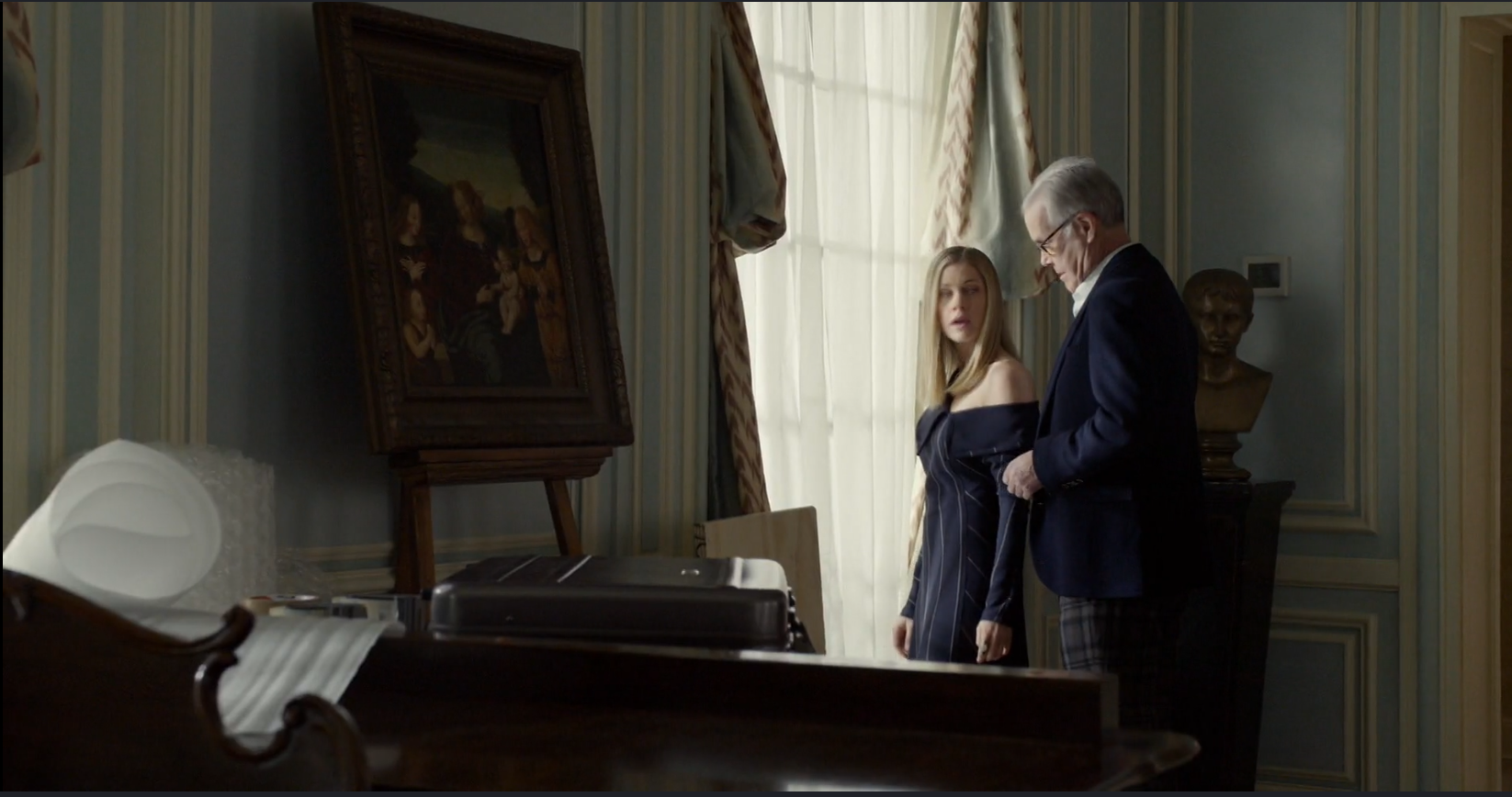
The Sackler family probably won’t be thrilled about the latest episode of The Blacklist, the James Spader-starring crime thriller. The NBC show’s mid-season premiere on Friday night concerns the intrigues of a corrupt family of art collectors who made their billions peddling painkillers.
The fictional clan may be called the Fenbergs, but the real-life inspiration is not hard to figure out. “If the lawsuit is to be believed, then they are as bad as the Sacklers, leading the public and the FDA on about how addictive their drugs are,” one character says.
And just as the Sacklers have become infamous for their connections to art, the Fenbergs’ connection to art is also a centerpiece of the twisty plot: Spader’s character, the criminal mastermind Raymond “Red” Reddington, gets involved after he discovers a rash of sophisticated art forgeries that are affecting his own illicit trade.
The mystery will lead our protagonists to the improbable source of the fakes (many spoilers from here on out!): a man named Richard Vitaris (Albert Jones), who is suing the Fenberg family. His son suffered a football injury, became hooked on painkillers, and overdosed a year later. Vitaris is broke, and stealing the Fenberg’s art and selling it to fund his lawsuit, replacing the originals with sophisticated forgeries.
The art-filled home of the Fenbergs, who stood in for opioid billionaires the Sacklers on the most recent episode of The Blacklist. Screen capture of NBC’s The Blacklist.
But how, you ask, is he getting access to the collection? It turns he is aided by none other than Victoria Fenberg (Gillian Alexy), the family’s daughter who feels guilty about the suffering caused by their pharmaceutical business. She manages the family’s collection, and is also an accomplished forger.
In addition to the reference to the Sacklers, the episode is full of stuff that’s fun for any art audience: cameos for Dutch Old Masters Judith Leyster and Samuel Dirksz van Hoogstraten, discussions of the black market for Fabergé eggs, a car bomb heist at the fictional “Olympia Gallery” museum, an explanation of how to forge paintings using a camera obscura, and sniffing out fakes using a spectrometer for pigment analysis.
And then there’s Red’s analysis of Victoria’s skill as a forger: “The counterfeits are nearly flawless—which is enough, because our desire for them to be real obscures any imperfection.”
Victoria Fenberg forging copies of her family’s art in the most recent episode of The Blacklist. Screen capture of NBC’s The Blacklist.
The episode makes it clear that the Fenberg patriarch feels no guilt whatsoever over the fate of Vitaris’s son—or anyone else who has died taking his drugs. “We did not kill that boy, and attacking us isn’t going to bring him back,” he declares at one point.
Vitaris’s fake-swapping scheme is eventually thwarted. As he is hauled away by the FBI, he demands, “Why don’t you go arrest the real criminals: The white collar monsters inside that mansion, who profited from the death of my son?”
Whose side does the show come down on? A scene between Spader’s Red and guilty Fenberg daughter Victoria near the end is not subtle: “Your father is a drug dealer,” Red says. “The fact that he deals a legal drug is no consolation to the addicts he’s created. He’s the villain in this story.”